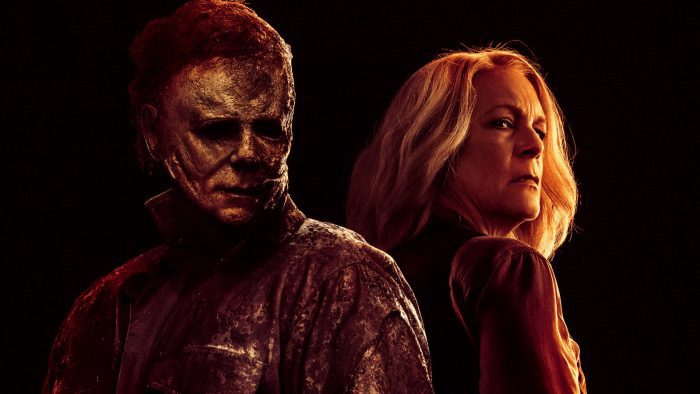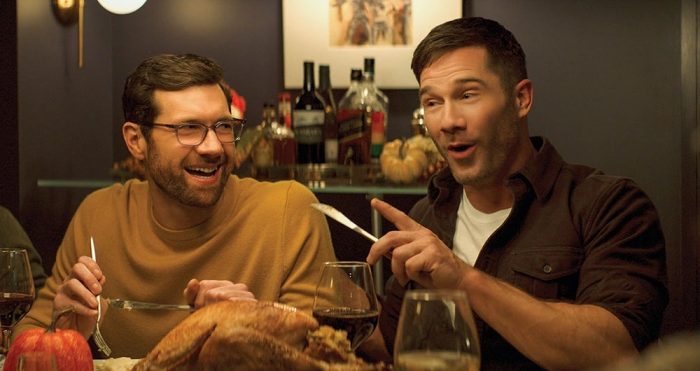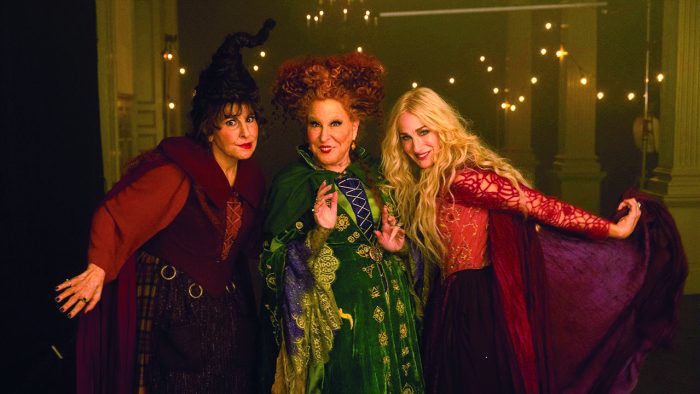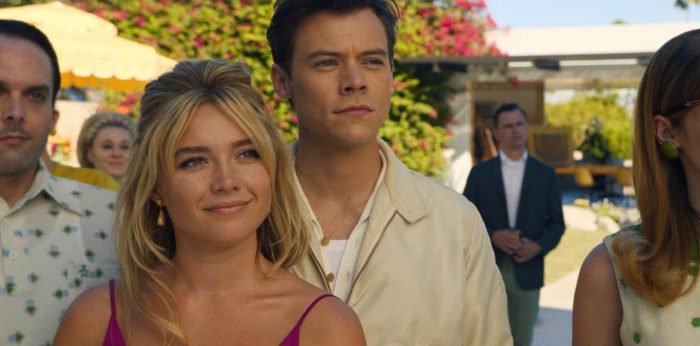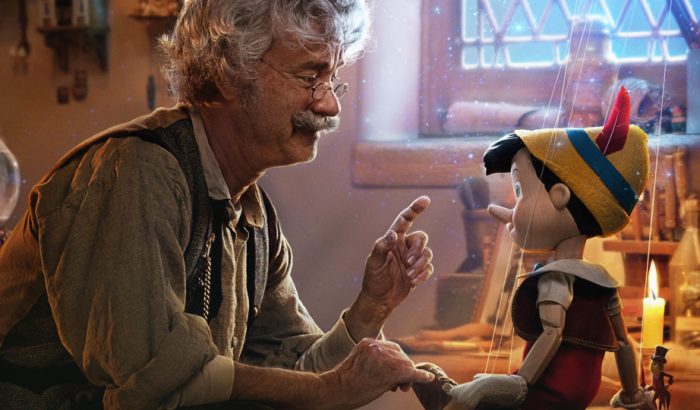Reviewed by Jeffrey Sanzel
Released in 2009, Avatar took in over $2.9 billion, making it the highest-grossing film of all time. The brainchild of James Cameron, who wrote, directed, and produced, Avatar received nine Academy Award nominations and won three: Best Art Direction, Best Cinematography, and Best Visual Effects. It won the Golden Globe for Best Motion Picture and Best Director, and garnered other major awards and nominations.
Over a decade later, Avatar: The Way of Water arrives in theaters with many of the same strengths: exceptional visual artistry, extraordinary special effects, and thrilling action sequences. This time, Cameron collaborated with Rick Jaffa and Amanda Silver on the screenplay (with “story by” credits adding Josh Friedman and Shane Salerno).
Avatar: The Way of Water, a spectacle of the first order, is many things. It is also too long. Whether by twenty minutes or an hour and twenty minutes, this epic desperately sags in the middle. The original Avatar is a long film that runs two hours and forty-two minutes. Avatar: The Way of Water clocks in at three hours and twelve minutes. Is this too much of a good thing or just too much? The reality is that it is an unnecessarily extended three hours. That said, for the pure beauty of vision, it lands in the win column.
Much of the film plays like a reboot of Avatar, except this time underwater. As a result, it plays the assumption of an audience familiar if not fully aware of the background. (To a certain extent, the history is referenced and recapped in the first thirty minutes.)
The story picks up fifteen years following the end of the first film. Jake Sully (Sam Worthington) is now chief of the Pandora tribe Omaticaya, raising a family with his wife, Neytiri (Zoe Saldaña). They have two sons, Neteyam (Jamie Flatters) and Lo’ak (Britain Dalton), daughter Tuk (Trinity Bliss), and adopted daughter Kiri. The latter was born from Grace Augustine’s (Sigourney Weaver) inert avatar. Added to the family mix is a human boy, Spider (Jack Champion), who is the son of Colonel Miles Quaritch (Stephen Lang).
The Resources Development Administration (RDA) has returned to Pandora to pave the way for human colonization for a dying Earth. Na’vi avatars have been implanted with the minds and memories of deceased soldiers, with Quaritch ruthlessly leading the group. After Sully leads an attack on the RDA, Quaritch captures Jake’s children. Sully and Neytiri rescue them, but Quaritch realizes that Spider is his son and draws him in to help with his knowledge and navigation of the Na’vi.
Meanwhile, Sully and his family flee the Omaticaya forest and hide with the Metkayina, a clan spiritually connected to the sea. While initially rejected by the Metkayina, the family eventually integrates. After a series of adventures and clashes, the film builds to a staggering thirty-plus-minute climax of jaw-dropping action.
Thematically, like its predecessor, Avatar: The Way of Water addresses larger issues. While not approached with any subtlety, the concept of wanton plundering of natural resources and the callous destruction of an indigenous people play clearly.
Likewise, the unwelcome and unwanted outside force annihilates for commercial gain. Embodied by the RDA’s almost carelessly sadistic General Ardmore (Edie Falco), the military destroys everything in its path. Whether devastating wildlife or destroying homes, the overwhelming and relentless insensitivity is always at the center.
The acting is fine—neither terrible nor remarkable. While the Na’vi are CGI-ed, the characters relate a range of expressions matching the vocalized emotions, allowing the viewer to believe them to be as real as their human counterparts. In addition, the meticulous detail accomplishes more than just ciphers but individuals with drive, humor, fears, and desires.

The filmmakers have done miraculous work in the creation of sea creatures. Particularly wonderful is Payakan, who rescues one of Sully’s children. Payakan is a Tulkun, an intelligent aquatic mammal (resembling a whale). The creators have embodied this creature with a reality that makes it noble and sympathetic. Again, the film’s strength is in imaginative world-building.
At its heart, Avatar: The Way of Water wants to celebrate family and community and the ends to which we go to protect those we love. The story strives for honesty and integrity, enhanced by astonishing visuals. And while the running time is excessive (and perhaps off-putting), the final film is still a work of art. And if not great art, the film is spectacular craft.
Rated PG-13, the film is now playing in local theaters.



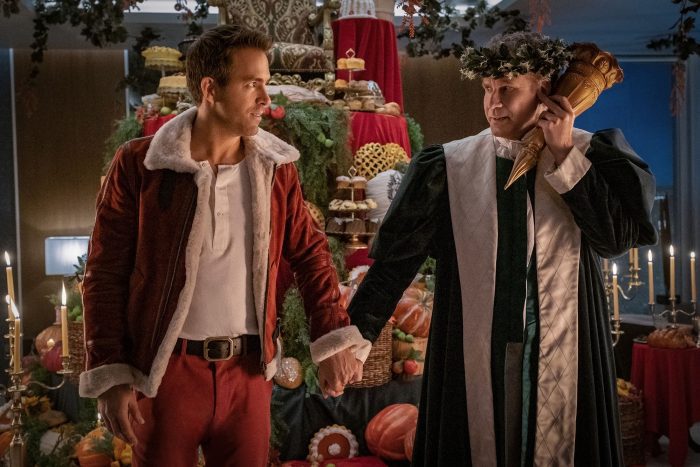


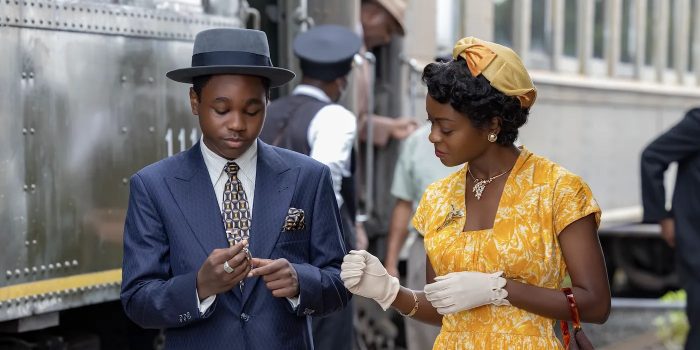

 The second chapter, “The Yacht,” sees the couple on a high-end ocean excursion populated solely by the wealthy. Among the guests are a gregarious Russian fertilizer mogul, Dimitry (Zlatko Burić), and a sweet elderly British couple, Winston (Oliver Ford Davies) and his wife, Clementine (Amanda Walker), who are arms manufacturers.
The second chapter, “The Yacht,” sees the couple on a high-end ocean excursion populated solely by the wealthy. Among the guests are a gregarious Russian fertilizer mogul, Dimitry (Zlatko Burić), and a sweet elderly British couple, Winston (Oliver Ford Davies) and his wife, Clementine (Amanda Walker), who are arms manufacturers.